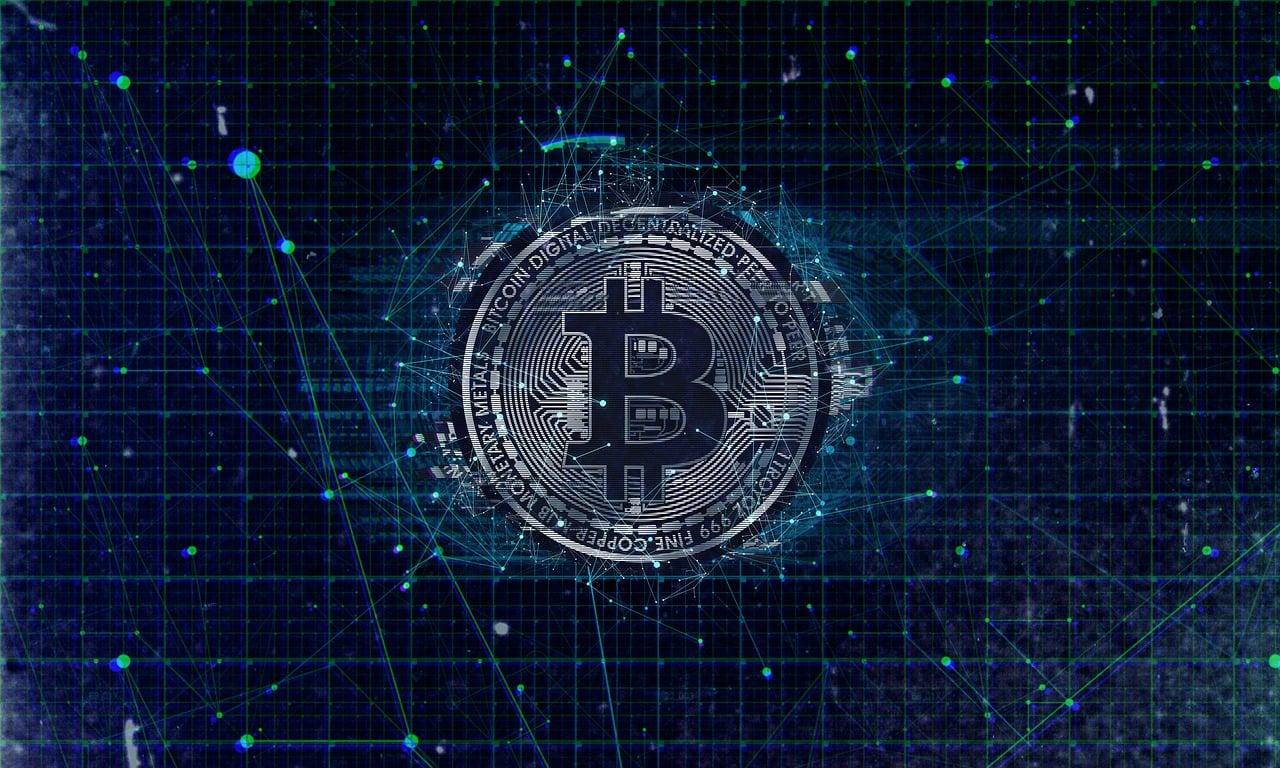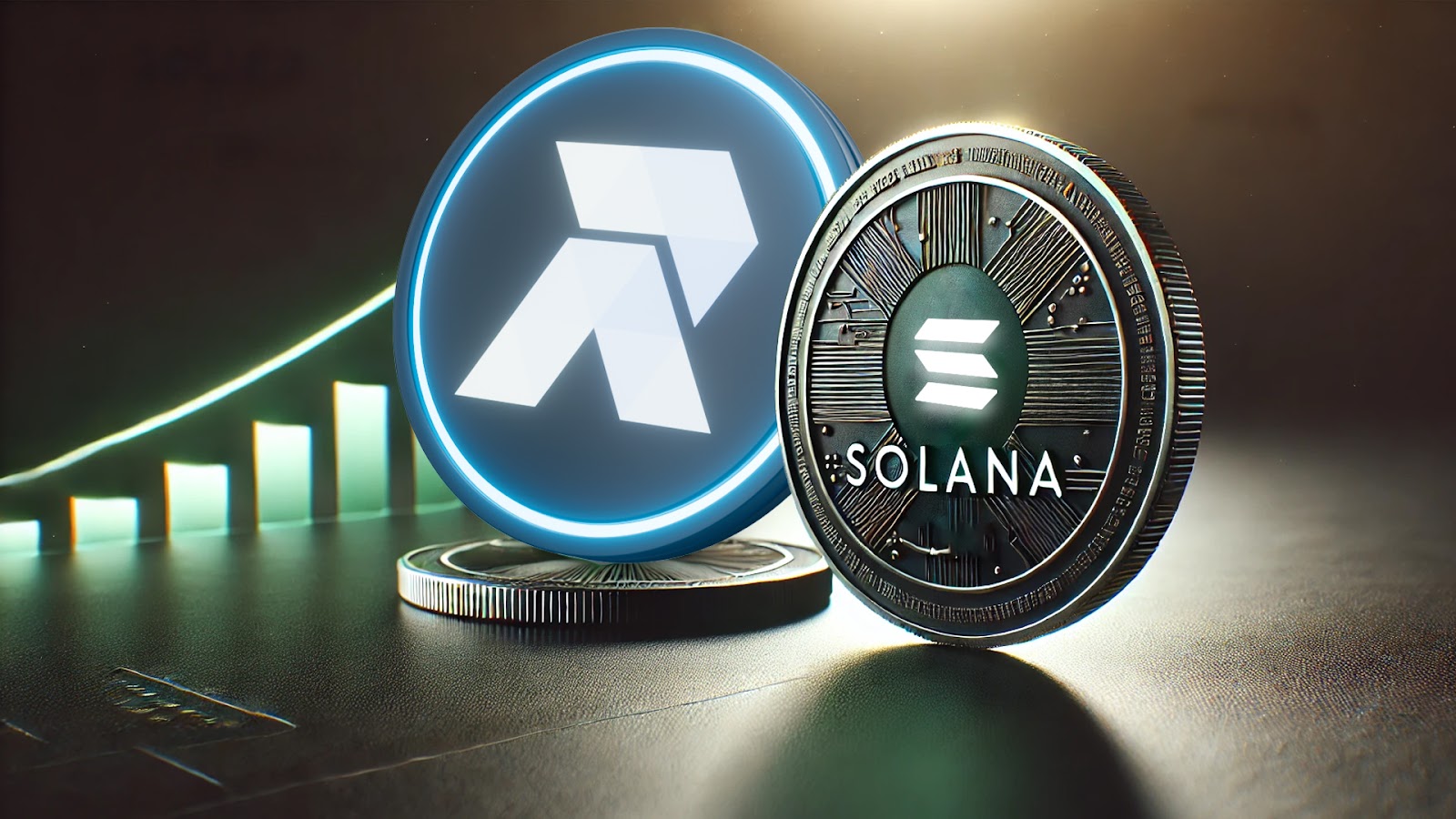Source: Tobias Arhelger – Shutterstock
- IOTA Mainnet moves from a centralized Coordinator to a decentralized Validator Committee, bolstering network resilience and censorship resistance.
- This interim step precedes the upcoming IOTA 2.0, aiming at complete network decentralization with a unique On-Tangle voting system.
Navigating IOTA’s Path to Full Decentralization
The IOTA Mainnet has historically utilized a Coordinator as a central reference point, ensuring the validation of transactions by periodically confirming them through milestones. While effective, this approach had its shortcomings. If the Coordinator went offline, the entire network’s value transaction processing would halt. Furthermore, the centralized nature of the Coordinator meant there was potential for transaction blocking if milestones were manipulated.
The Rise of the Validator Committee
To address these concerns, IOTA is transitioning from its centralized Coordinator to a decentralized, permissioned Validator Committee. Comprising several trusted validators operating across diverse host providers and geographical locations, this change magnifies network uptime, stability, and resilience against external censorship.

🌟🛰️ “IOTA’s Future Shines Brighter! 💫🚀 The #Stardust upgrade brings a cosmic shift as the Coordinator steps aside for a Validator Committee. 🌐🔒 Tested and ready on @shimmernet, this is our next step towards Coordicide! 🌌🙌
Retweet and like #IOTA and #Shimmer fans! 👇👇👇 https://t.co/CjP2v5kV3X
— Collin Brown (@CollinBrownXRP) September 12, 2023
How does this work?
- Instead of a solitary Coordinator controlled by the IOTA Foundation, multiple validators form the committee.
- These validators employ an off-chain Byzantine Fault Tolerant (BFT) consensus mechanism. The aim? Collaboratively determining the next milestone’s placement by proposing referenced parents.
The decentralization journey for IOTA has been meticulous:
- Internal Testing: The Validator Committee was first tried on internal test networks, allowing developers to spot potential issues and optimize the software.
- Public Testnet: Here, the software underwent rigorous testing in varied scenarios, further confirming its robustness.
- Shimmer Environment: Acting as a pre-production stage for the IOTA Mainnet, this phase solidified the software’s stability and prepared it for the ultimate production deployment.
The formation of the Validator Committee is driven by a consortium of entities, and IOTA has actively engaged with academic institutions and corporations over recent months. Their objective? Establish the inaugural decentralized Validator Committee. To ensure smooth network operations, transactions will persist as long as over two-thirds of all validators (or 7 out of a committee of 10) remain active. Remarkably, the absence of a leading figure in the committee implies the network’s progress isn’t hindered even if the IOTA Foundation’s validator node goes offline.
However, this isn’t IOTA’s endgame. The Validator Committee serves as a transitional measure. The forthcoming IOTA 2.0 promises a permissionless committee formation based on token stakes. This eliminates the requirement for milestones, introducing an innovative On-Tangle voting mechanism instead.
With these groundbreaking changes, IOTA underscores its unwavering commitment to forging a truly decentralized future.
Crypto News Flash does not endorse and is not responsible for or liable for any content, accuracy, quality, advertising, products, or other materials on this page. Readers should do their own research before taking any actions related to cryptocurrencies. Crypto News Flash is not responsible, directly or indirectly, for any damage or loss caused or alleged to be caused by or in connection with the use of or reliance on any content, goods, or services mentioned.
Credit: Source link














